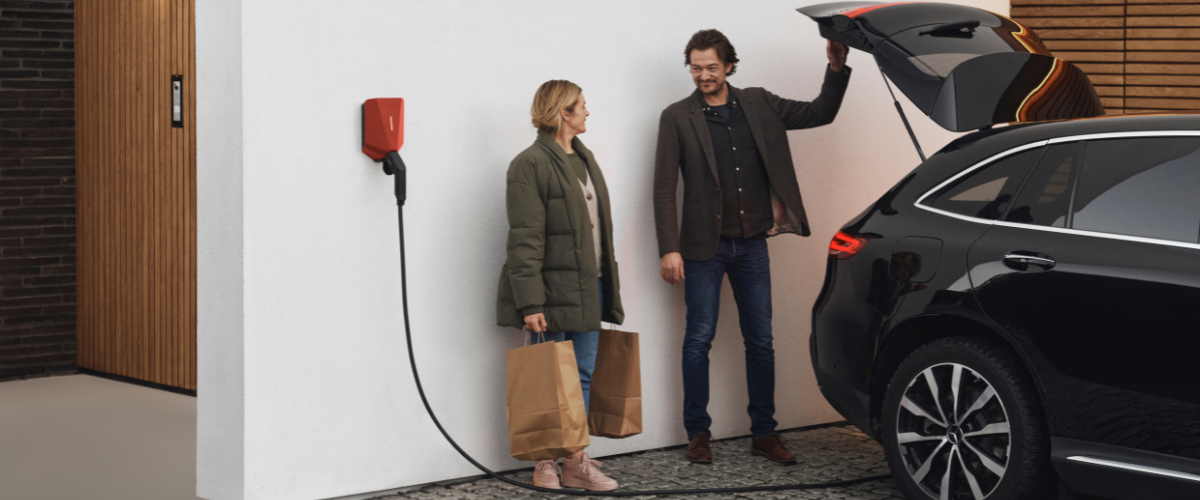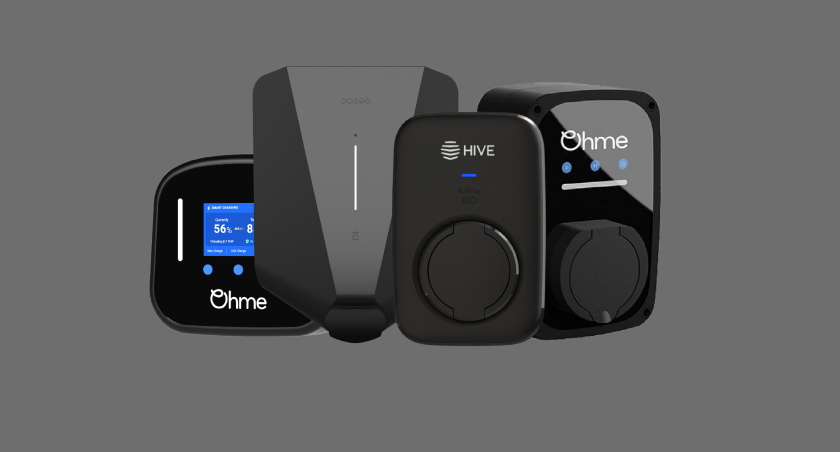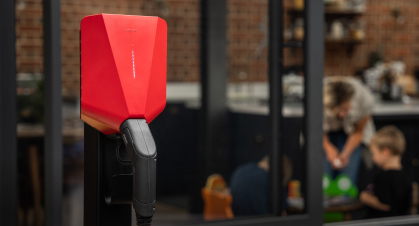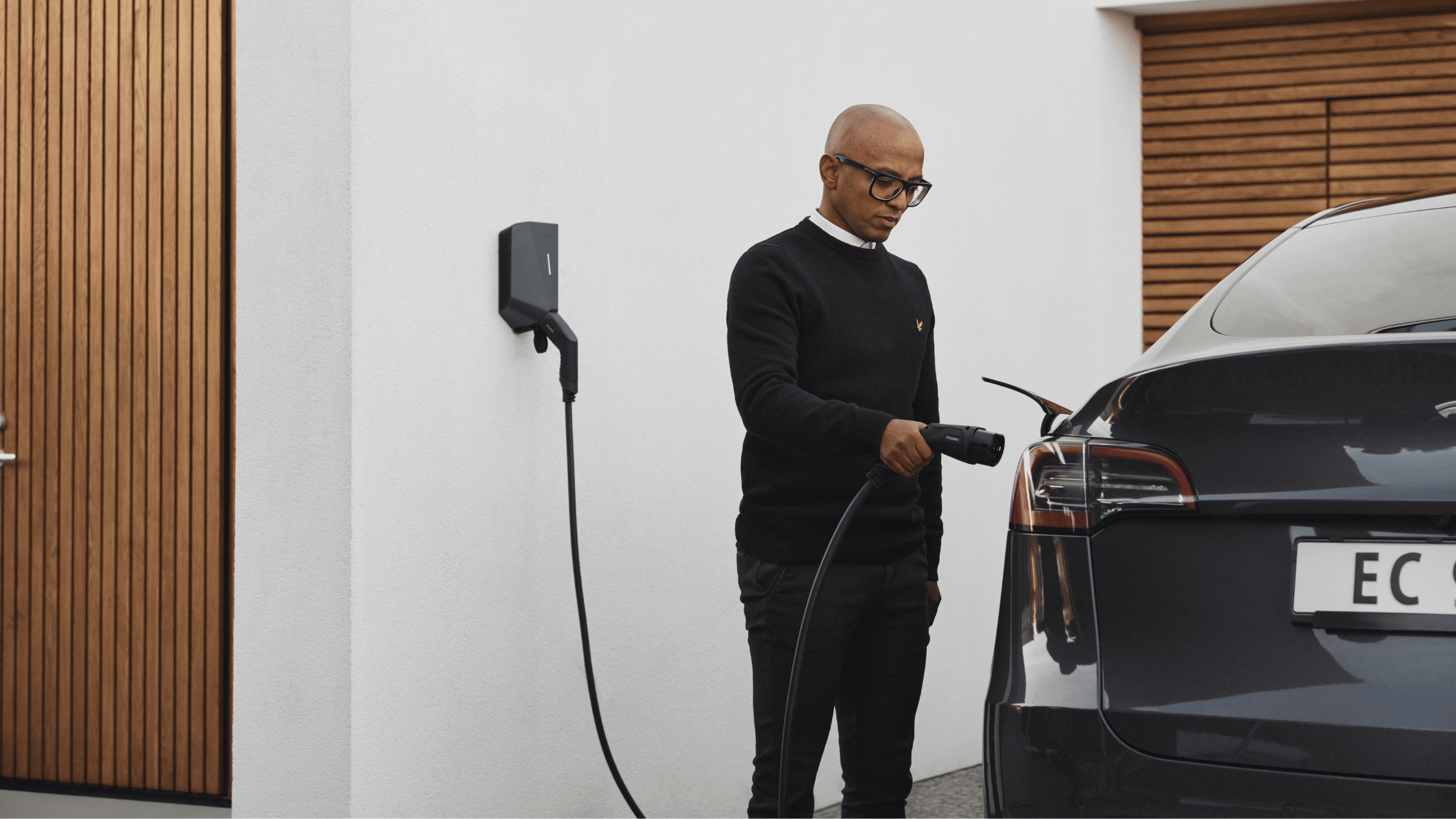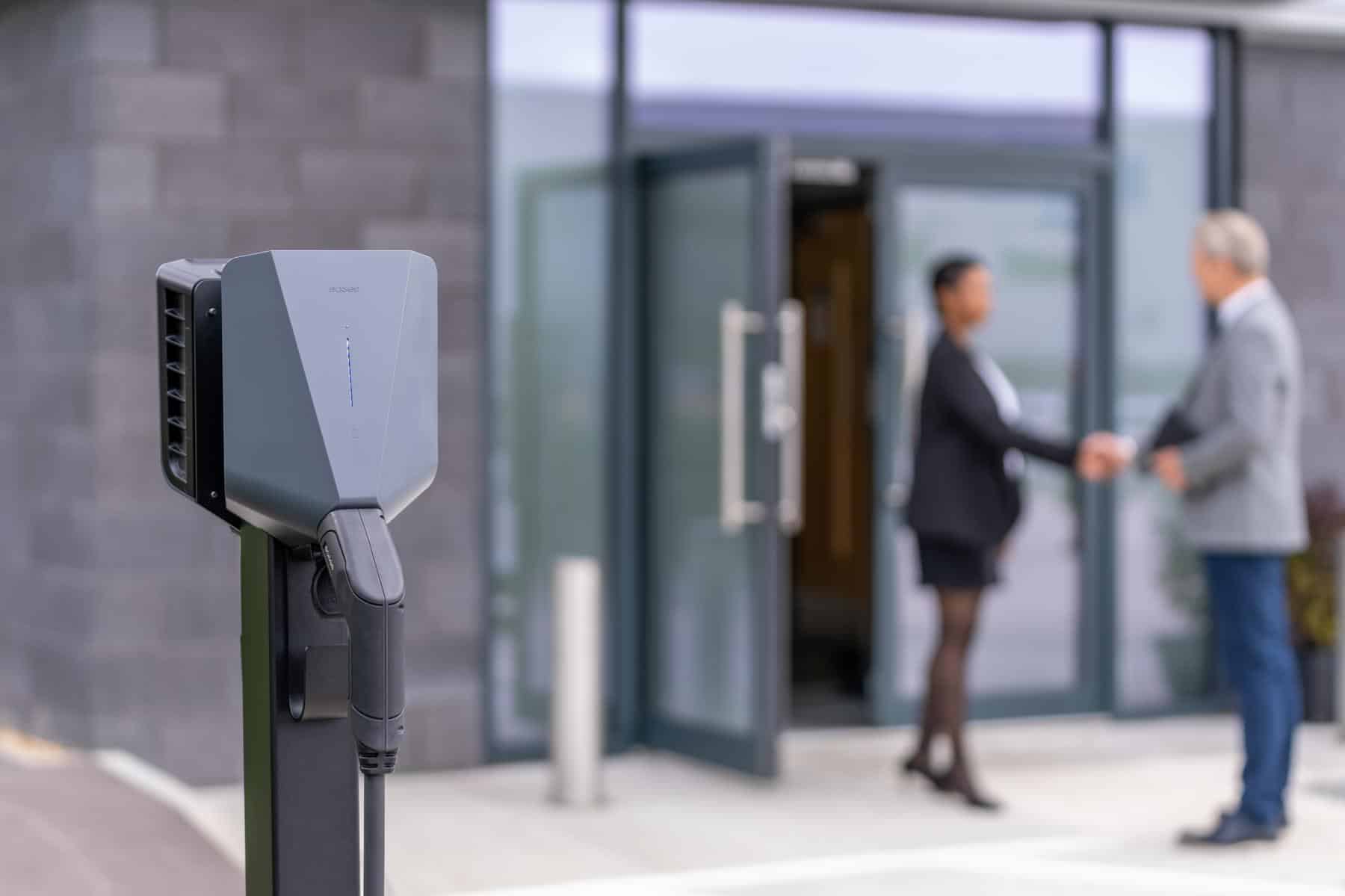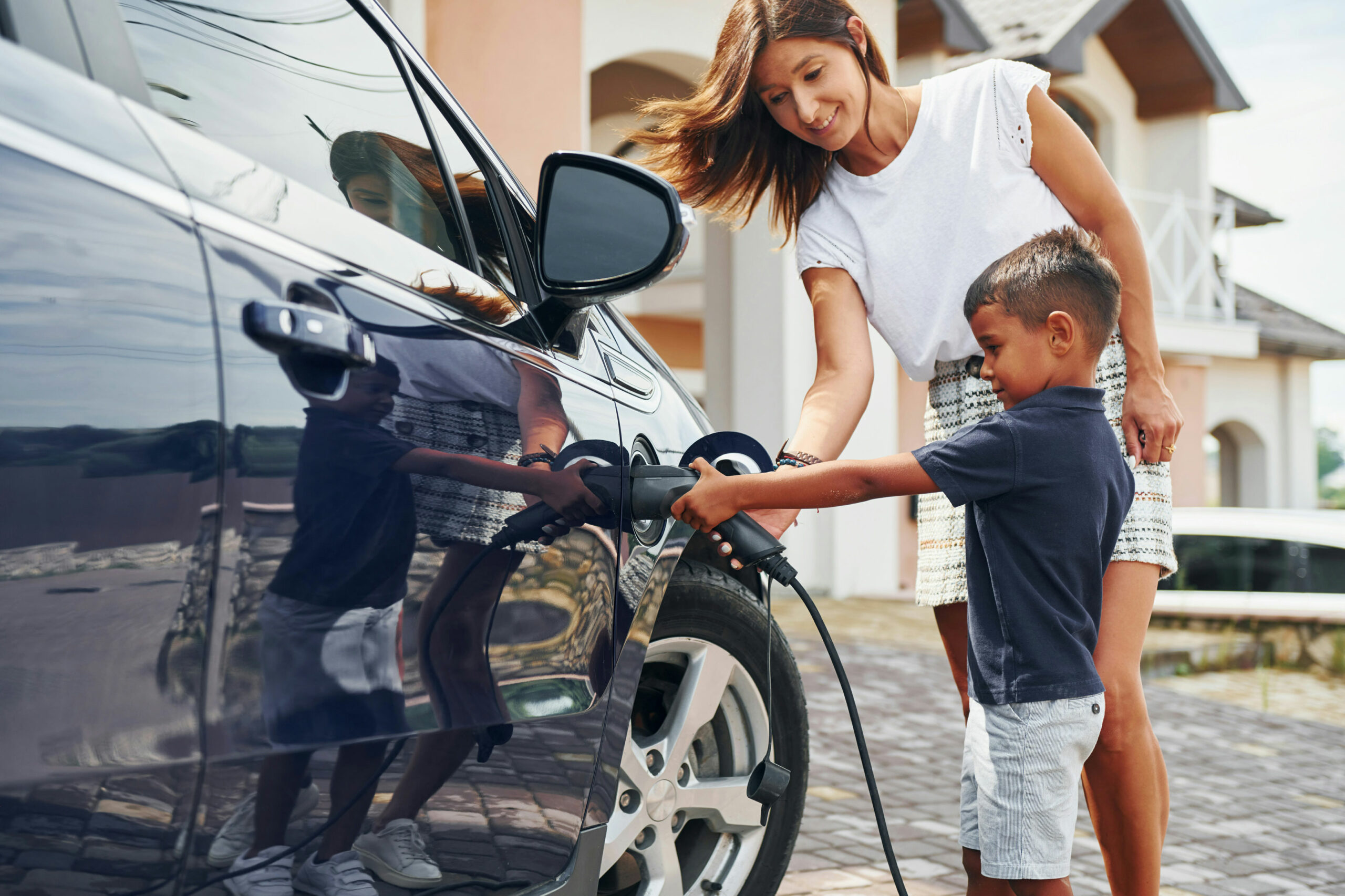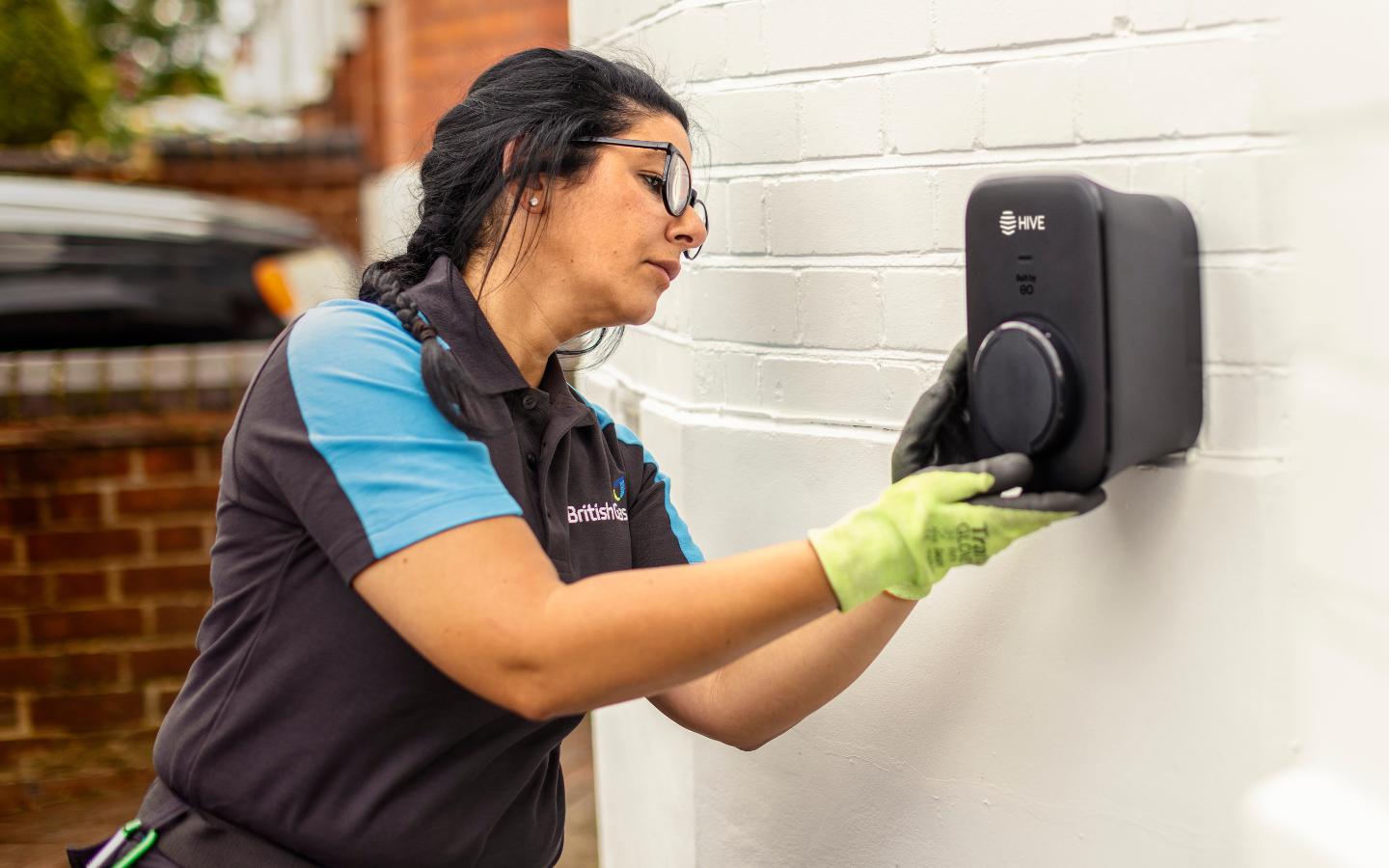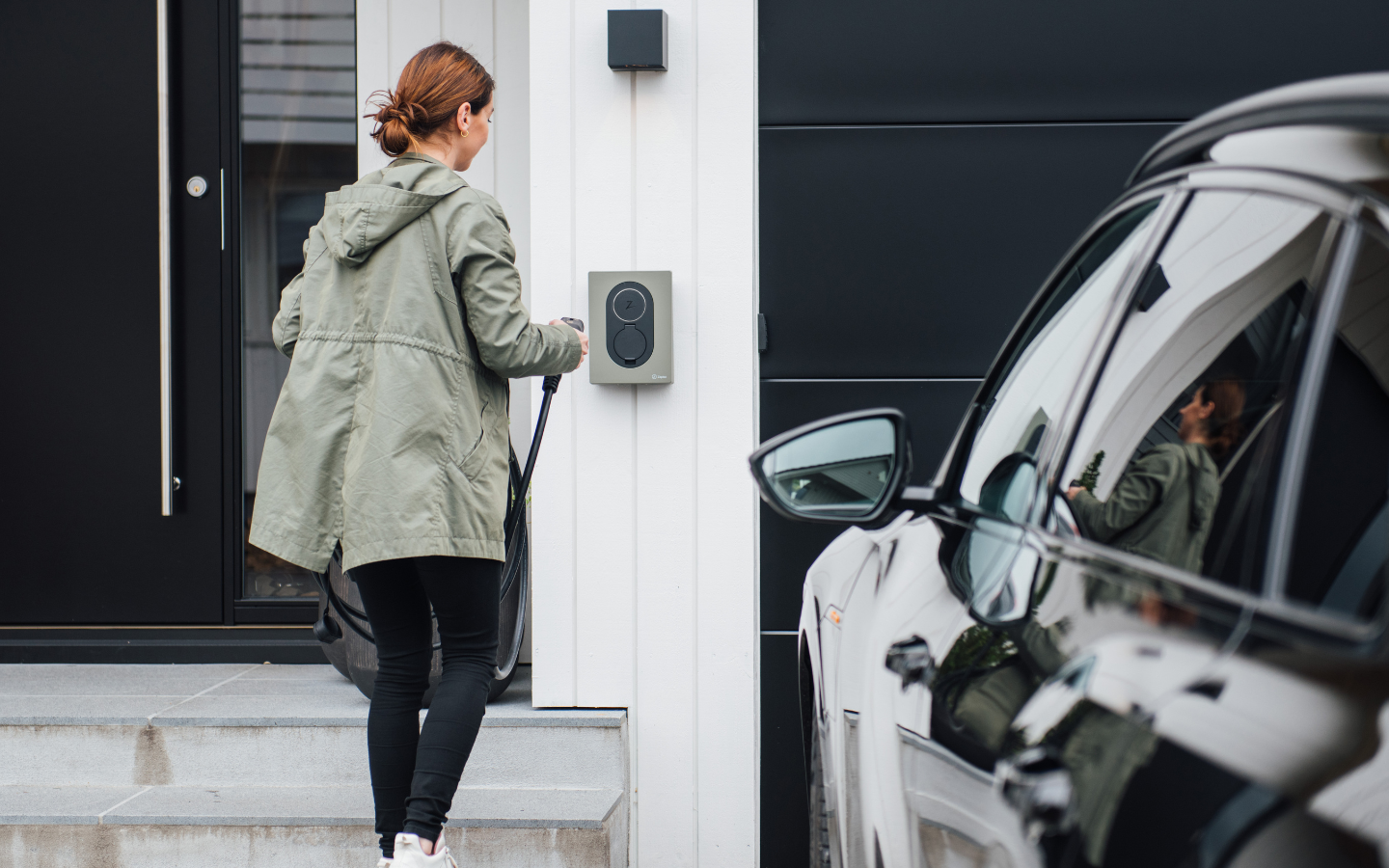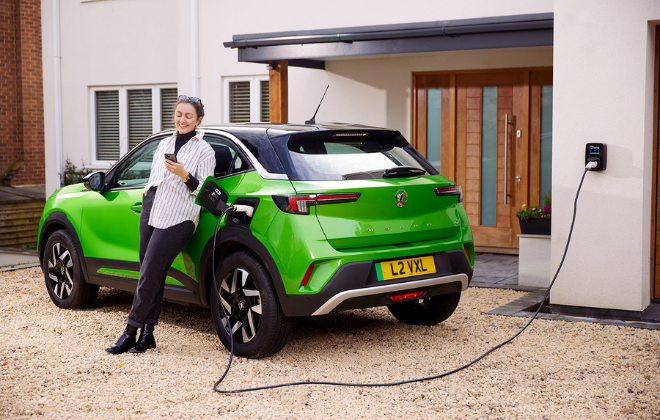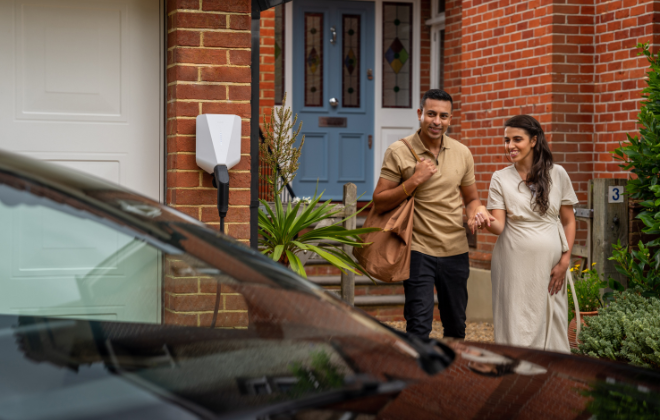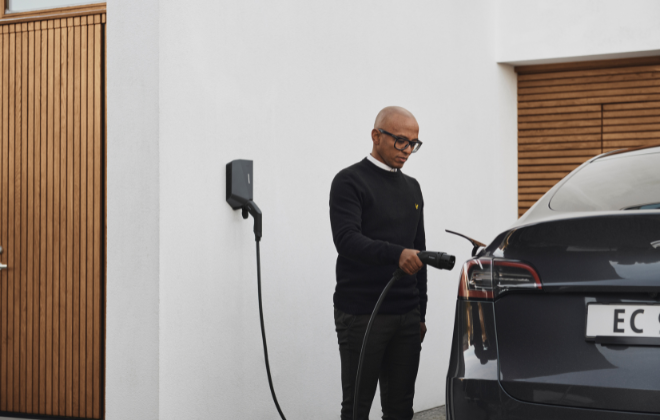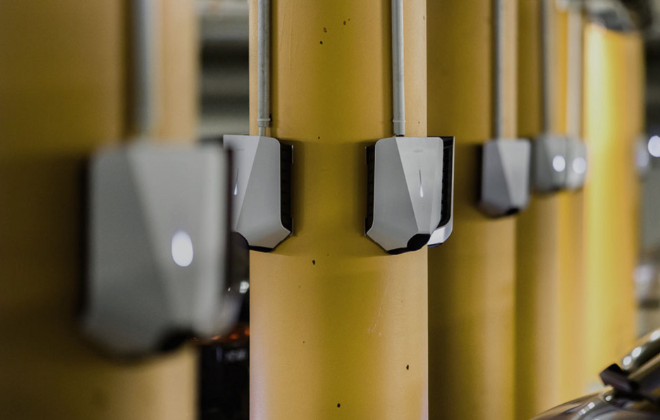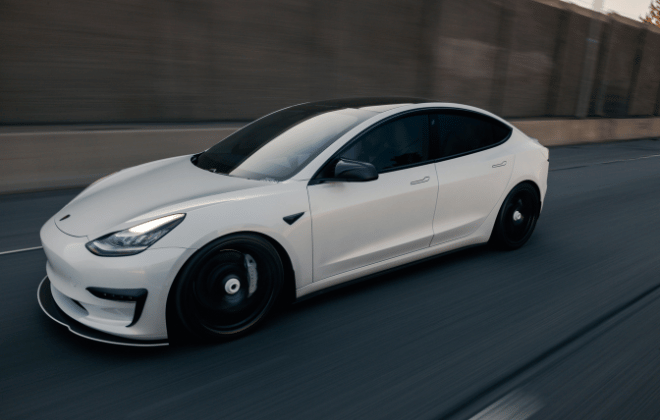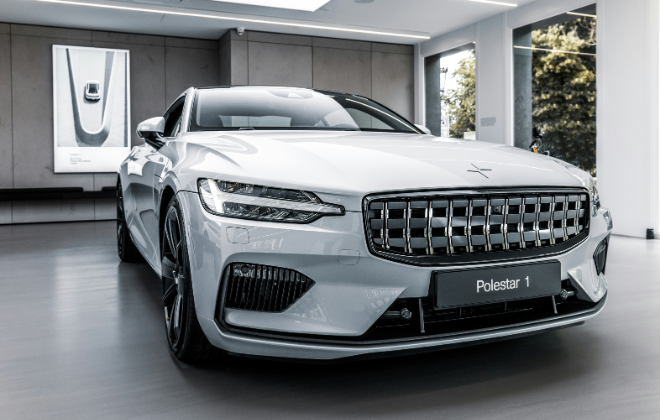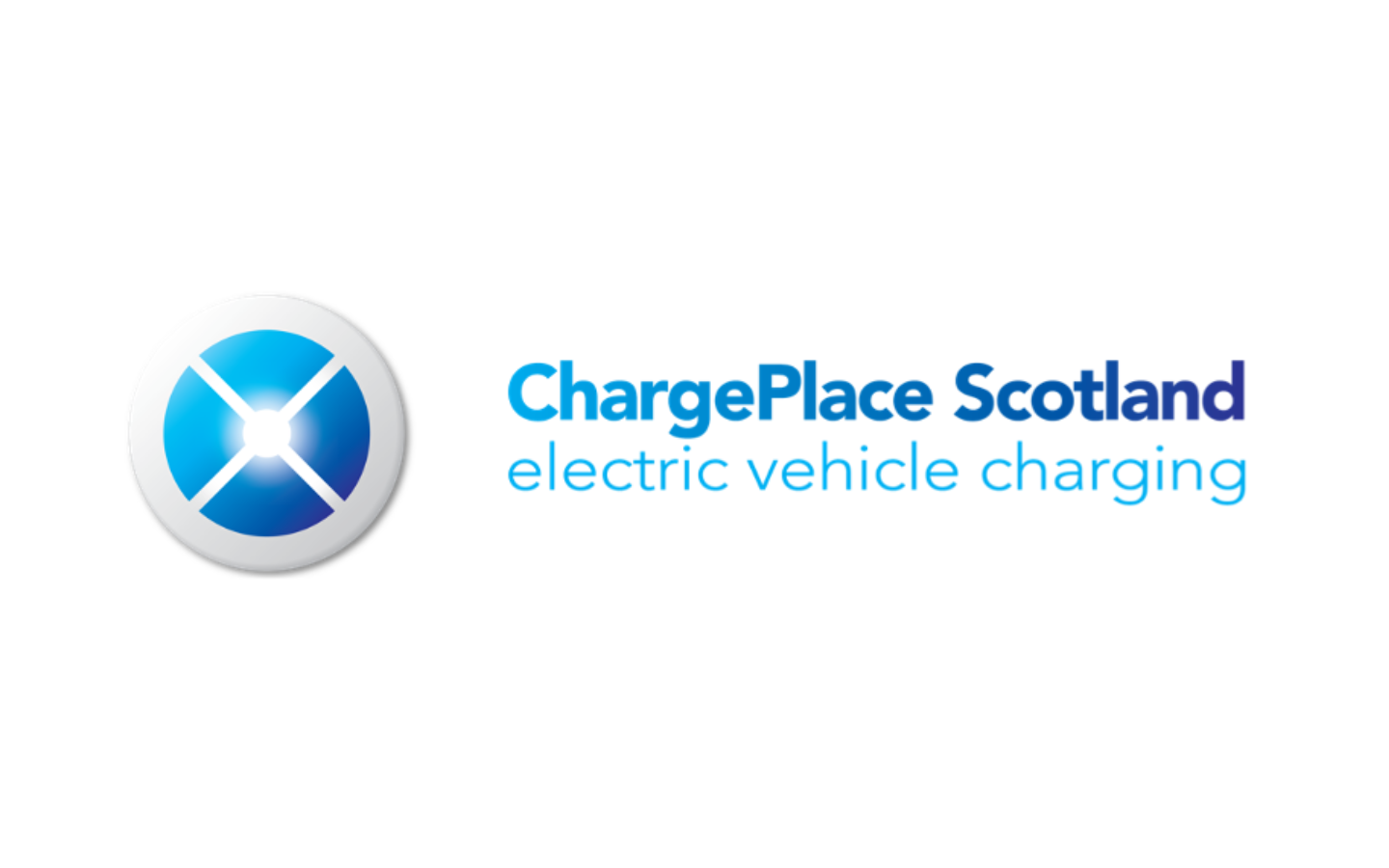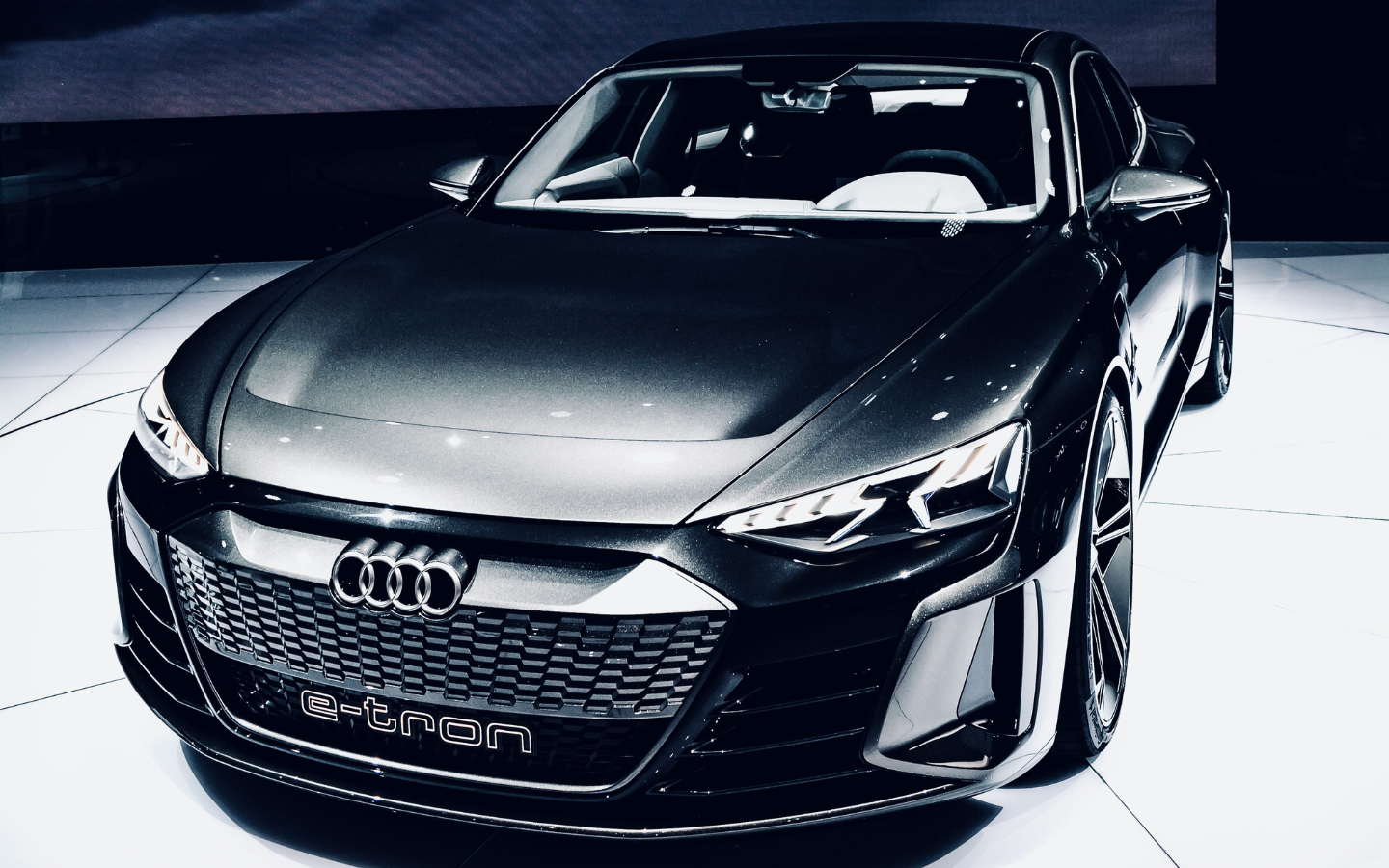

Are electric cars automatic or manual?
Are electric cars automatic or manual?
EV adoption is on the increase. In fact, there are over 1,250,000 electric cars in the UK to date. With this, more curiosity and questions about how electric cars work. As a result, a frequently asked question is, “are electric cars manual or automatic?“
In this article, we’ll dive into the reasons why electric vehicles have automatic transmissions and discuss the many benefits of driving automatic in an electric vehicle.
Are electric cars automatic or manual? Are all electric cars automatic?
In simple terms, all electric cars are automatic, meaning they do not have a traditional manual transmission with a clutch pedal and gear shift. Instead, they use a single-speed transmission and deliver constant and instant power. This is because electric motors have a very broad torque curve and do not require a complex gearbox to deliver power to the wheels efficiently.
Do electric cars have gears?
Electric cars have gears but typically only have one gear ratio, so they are often referred to as having a “single-speed gearbox.”
However, there has been a rise in the use of two-speed automatic gearboxes, particularly in high-performance electric vehicles. The Porsche Taycan was one of the first EVs to have a two-speed transmission, with the first gear reserved for rapid acceleration and the second for all other driving situations. The first gear is mainly used in Sport or Sport Plus driving modes.
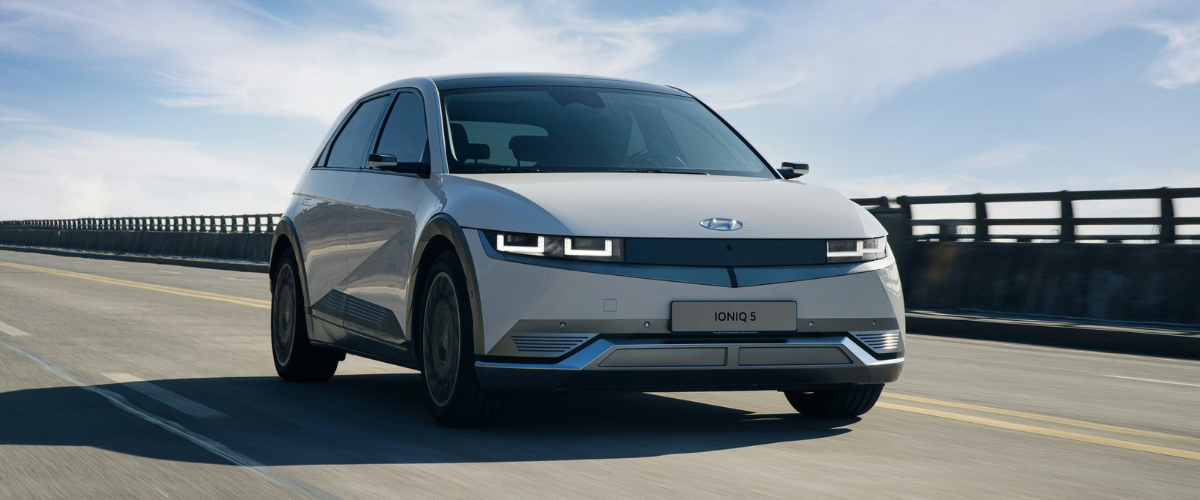
Why do electric cars only have one gear?
Unlike traditional internal combustion engine (ICE) vehicles that require a manual gearbox to change gears, most electric vehicles only have one gear as they use a single-speed gearbox built into the motor.
Pure electric vehicles typically have a single gear because electric motors have a broad and flat torque curve that provides ample power and acceleration across a wide range of speeds. This is in contrast to traditional petrol or diesel cars that require multiple gears to keep the engine running in the most efficient speed range and to provide the right amount of torque to the wheels at different speeds.
Do automatic EVs have a clutch?
Electric cars do not have a clutch as they use a single-speed transmission, which doesn’t require manual gear shifting or a clutch pedal.
Electric cars do not need a clutch because they don’t need to change between gears. It’s also impossible for an electric vehicle to stall as there is only a brake and accelerator pedal.
What are the benefits of an automatic electric car?
The single-speed gearbox in electric cars provides several benefits over traditional manual transmissions, including:
Increased efficiency
Automatic transmissions in electric vehicles are generally more efficient than manual transmissions. This is because automatic transmissions can shift gears more quickly and accurately than a human can, reducing energy waste and improving the vehicle’s overall efficiency.
Easy to drive
Electric cars with automatic transmissions are very easy to drive since there is no need to shift gears manually. This makes them ideal for stop-and-go city driving and for drivers who prefer a more effortless driving experience.
Low maintenance
Automatic transmissions in electric cars require less maintenance than manual transmissions. With fewer moving parts, the transmission has less wear and tear, reducing the need for regular servicing and maintenance.
Better performance
Automatic transmissions in electric vehicles can perform better than manual transmissions, particularly in acceleration and torque delivery. This is because the automatic transmission can shift gears quickly and smoothly, allowing the electric motor to deliver power more efficiently and effectively.
Improved safety
Automatic transmissions in electric cars can improve safety, particularly for novice drivers. The automatic transmission ensures that the vehicle is always in the correct gear, reducing the risk of stalling, incorrect shifting, or other errors that could compromise safety.
Regenerative braking
Automatic electric cars use regenerative braking, which converts braking energy into electrical energy that can be stored in the battery. This improves the car’s efficiency and range by reducing the energy wasted during braking.
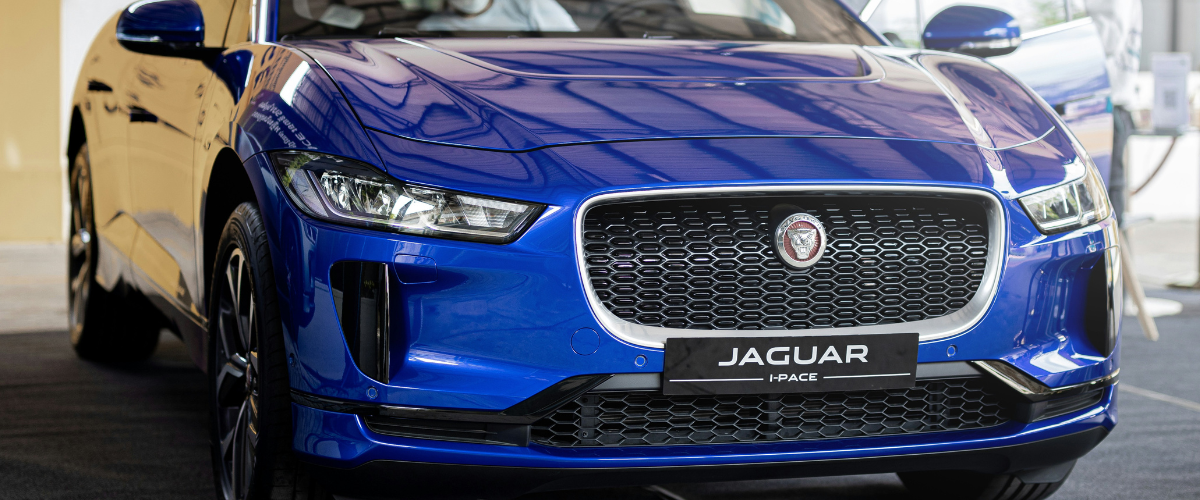
What are the disadvantages of an automatic electric vehicle?
While automatic electric vehicles have many advantages, there are also some potential disadvantages to consider:
Limited control over gear selection:
With an automatic transmission, the driver has limited control over gear selection, which can disadvantage drivers who prefer a more engaging driving experience.
Higher initial cost:
Automatic electric cars are generally more expensive to purchase than manual electric vehicles due to the added cost of the automatic transmission.
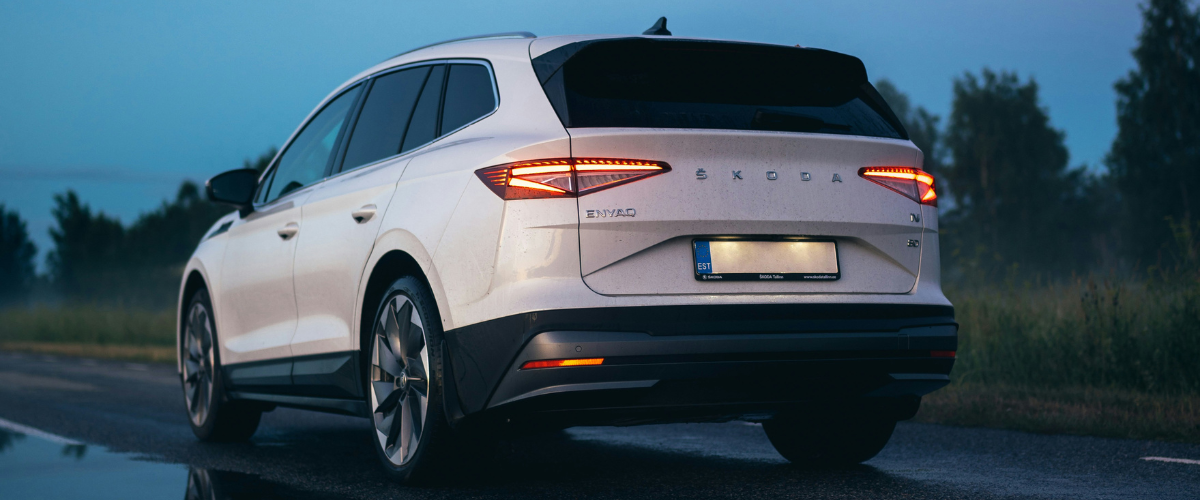
Can you get a manual electric car?
In short, no, you cannot get a manual electric car because there is no need for them to have gears, meaning most electric cars are automatic.
That being said, Ford created a unique electric Mustang model with a manual transmission. Though this car was a one-off and is unlikely ever to hit the road.
Additionally, Toyota recently filed a patent for a “simulated manual gearbox“ designed to give electric drivers the sensation of using a manual transmission, even though it will not impact the vehicle’s performance.
Other automakers may also create such models in the future to ease the transition to electric vehicles and provide a driving experience that is more familiar to people who prefer to drive a conventional car.
Are hybrid cars automatic?
Mild hybrids, which have an electric motor to assist the internal combustion engine, do have manual transmissions. However, these hybrids cannot run on electricity alone.
Nevertheless, most “full” hybrids that can travel on electric power alone are automatic.
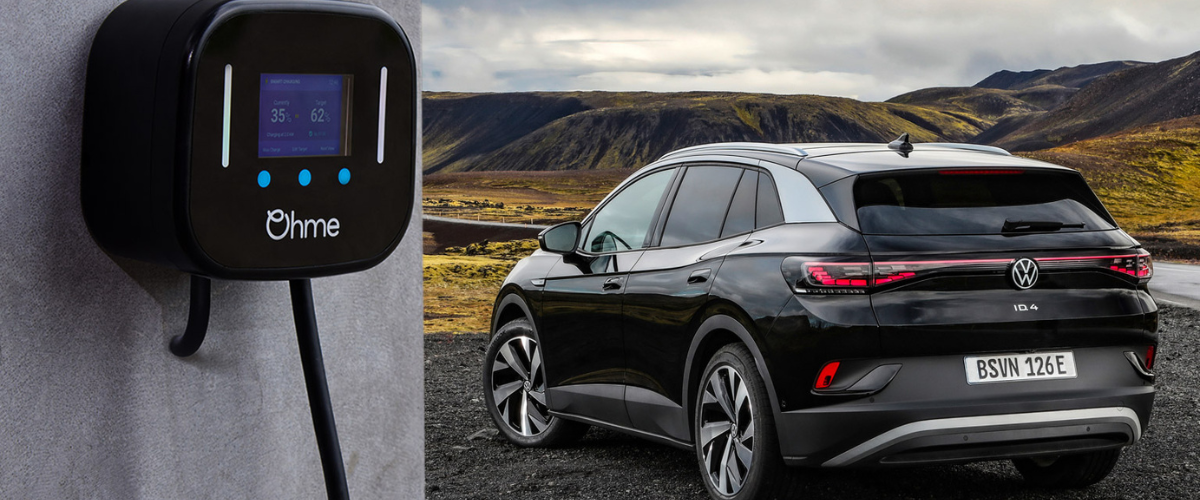
Should I get an automatic licence if I want to drive an electric car?
With the looming ban on the sale of new petrol and diesel cars by 2035, some young drivers may wonder whether they even need a manual license if all electric vehicles are automatic.
Learning to drive in an automatic electric vehicle could provide a more straightforward driving experience for a novice driver who plans to drive an electric vehicle after passing their test.
However, passing your driving test in an automatic electric vehicle means you will only receive an automatic only driving licence and won’t be able to drive a manual car. As such, getting a manual license to drive both a manual and an automatic vehicle may still be worthwhile.
Summary:
In conclusion, electric cars do not have a traditional manual gearbox with a clutch pedal and gear shift. Instead, they use a single-speed transmission and deliver constant and instant power, making them automatic. While some high-performance electric vehicles now use a two-speed automatic gearbox, most electric vehicles only have one gear ratio. Electric cars are easy to drive, more efficient, require less maintenance, and provide better performance and safety than traditional manual transmissions.
related articles_
Stay up to date on the latest from We power your car_
We send out a regular newsletter about our latest insights and products
I consent to receive newsletters from We Power Your Car. Please see our Privacy Policy
